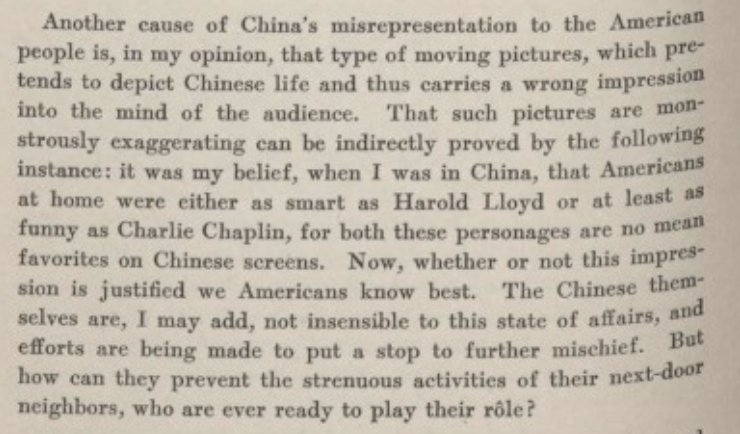P.K. Chen Exhibit
The First Asian student at William & Mary
 |
In 1921, Pu Kao (P. K.) Chen, a Chinese international student from Tsing Hua College in “Peking” (Beijing), boarded the steamship China to come study at William & Mary. In doing so, he became the first Asian student, and the first student of color on record to attend W&M (Swem Library). He wrote "A Chinese Student's First Impression of America" to recount his experiences and perspectives during his time in the United States and at William & Mary. The APM Research Project dedicated an exhibit and celebrated the Asian Centennial to honor his attendance at the college. You can learn more about him below and through the exhibit slides. |
In His Words: A Chinese Student's First Impression of America
|
Chinese students like Pu Kao Chen were able to attend college in the United States despite the Chinese Exclusion act due to the Boxer Indemnity Scholarship. In 1900 the Boxer Rebellion in China took place as a secret society led a violent uprising to rid China of western and other imperial influences. The Boxers were eventually defeated by a coalition of western troops, who then required the Chinese government to pay for financial losses in the amount of $330 million. |
 |
Roosevelt established this scholarship in 1908 as a form of reparations for China’s financial losses from the Boxer Rebellion. Roosevelt sought to use this fund as an opportunity to ensure US-China relations, elevating the United State’s global image and influencing China’s next generation of leaders.
 |
P.K. Chen's account of being verbally accosted by a stranger during his arrival and tour of the United States illustrated a small piece of the experience Asian and Asian Americans and racial climate in the United States had during the 1920s. |
| Chen also describes his discomfort in American media representation of Asian people. His perspective encapsulates the Yellow Peril themes, a caricature of an Asian person to be deceitful and socially inferior to White people, still present in society's view of Asian people. |
 |
 |
In the final paragraph, P.K. Chen implores his audience to see him and the country he represented to others with humanity. His words reflect how the common desire to feel seen and represented as not changed, even in the last 100 years. |
If you are an educator and like P.K. Chen's story, you can visit the KAASE Initiative for free curriculum materials that the project creates from our research.















